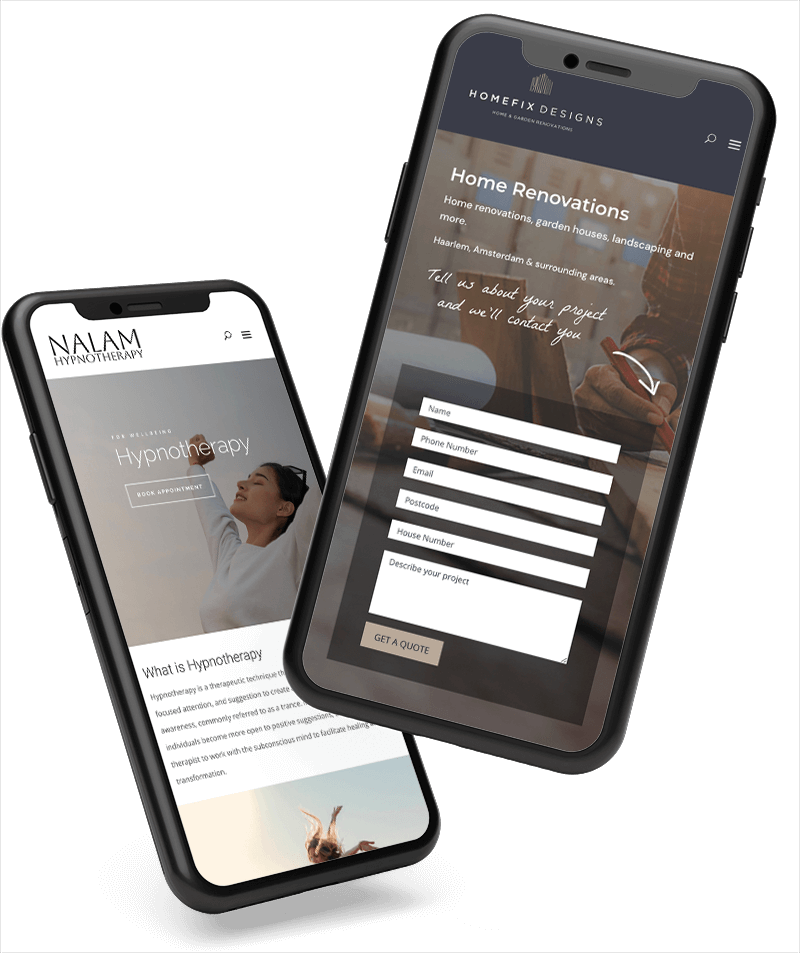Would you accept drone delivery? According to a recent statistic, 50% of UK consumers would. But what is the impact of potential drone delivery on your business sector, your relationship with your customers and even your suppliers? Retailers who are already finding the demands of ‘last mile delivery’ consume a surprising amount of profit and a ridiculous amount of time will be watching drone delivery trials with interest. So what can we expect and when is it likely to happen?
The impact of e-commerce on last mile delivery has surprised almost everyone – both in its cost and in the escalating expectations of customers. 28% of the total delivery cost is consumed by the last mile process and product returns recently having been calculated to cost UK businesses £60 billion. Is drone delivery the answer to the problems many e-retailers are experiencing and if so, how do organisations, and their websites, need to adjust to a future which might contain drone transport?
Drones and E-commerce – The Big Picture
According to a recent statistic, 50% of UK consumers would be willing to have drones deliver their orders. This has ramifications for every area of e-commerce:
• Customer relations – there’s both pluses and minuses in adding drones to the delivery equation. On the plus side, if legislation catches up with consumer demand (and that’s a big ‘if’), last mile delivery may become more rapid and less costly. The ability to ‘drop’ small goods into people’s hands 24 hours a day, without having to pay costly courier fees, looks exciting to many small e-retailers. The downside is that customer relations will become even more depersonalised and the opportunities to develop brand awareness and build loyalty will be limited
• Business to business – this is the area where drone logistics might have the greatest impact. Just-in-time delivery of components and kits would help retailers and suppliers equally. Realtime consumer responses to FMCG such as fashion, toys and accessories already run both ways along the supply chain. With drone delivery, the removal of slow selling lines and boosting of stock in fast moving ones may be a possibility – in fact, that may be a necessity if legislation requires drones to be ‘loaded both ends’ (ie have both outward and return cargoes) before allowing airspace usage. It will benefit the consumer by offering more of what they want, when they want it, benefit the retailer by ensuring they have enough stock and removing unwanted stock from warehouse space, and benefit the manufacturer/supplier by giving them the chance to refine production, based on ERP data, before they produce too many goods that won’t sell. All in all drone delivery could help B2B logistics immeasurably.
• Returns process – customer to business relations are becoming an increasingly large consideration for many e-commerce entrepreneurs. Returns aren’t just a huge cost centre, they are also an important part of customer satisfaction and drone returns are again a potential game changer, if they become part of the European business landscape.
Legislation, Logistics and Drones
Different countries have very different approaches to the drone issue – which means that for e-commerce retailers who work across national boundaries there will be a patchwork of opportunity for years to come. A couple of examples make this clear: while the Chinese authorities have green-lighted the delivery of drone conveyed lunch orders to a 58 km square industrial zone in Shanghai, the UK still has ‘line of sight’ rules that mean a drone operator has to be able in visual contact with their drone at all times, although that rule could be relaxed by 2020.
In a New Zealand poll, 70% of people said they would prefer a drone pizza delivery. It sounds impressive, doesn’t it? Of course it’s important to look at local conditions before extrapolating survey results and for many New Zealanders pizza delivery is a tricky business – rural landscapes, widely spread housing and sometimes unpredictable weather conditions mean that traditional vehicle delivery can be hit and miss, which is what makes drone flight so attractive to hungry Kiwis. But it’s a long way from the average British urban centre or a complex European transport infrastructure. Domino’s Pizza, the company that trailled the first pizza delivery in New Zealand, has already given a strong warning to the Australian government that it will need to make legislative changes to accommodate drone logistics or face relegation in the arena of e-commerce fulfilment.
This suggests that drone flight is likely to begin in rural environments and spread to urban locations – the opposite of almost every other logistic development in the past three decades. The use of drones to carry short-life medicines to doctors and hospitals in Africa is a perfect example of how drone delivery is already a reality – but the length of time it takes for that process to spread to a customer-centred experience is largely a legislative challenge, not a resource or innovation one.
Frictionless Delivery
Forgive what might sound like a pun, but drones are definitely on the horizon! In some places the horizon is only months away, in others it’s many years, but e-commerce websites and ERP systems should begin to focus rapidly on the way that drone delivery may change business practices. Today, best practice focuses on frictionless delivery as a target for e-commerce. However, it’s a failure of imagination to see this purely as an efficiency process or a cost-cutting exercise. The larger and more significant part of frictionless delivery is the customer satisfaction element which takes in such intensely personal last mile considerations as “please don’t ring the bell because my toddler will be asleep” alongside larger customer demands like the increasing requirement to offer trackable deliveries that don’t just offer a four hour window but give minute by minute updates on delivery progress.
Where will Drone Delivery Impact First?
It’s difficult to say – the Amazon example isn’t particularly instructive. However one area of commerce that has taken on rapid growth might prove to be a drone leader. Frozen food has grown at twice the rate of any other part of the grocery sector, but forget the bags of peas and tubs of ice-cream that were the traditional mainstay of the frozen aisle. Frozen ‘wholefood’ dishes for one are proving to be the spearhead of the frozen food sector’s growth in the USA – and drone delivery might be the ideal way to get a chicken stir fry and mojito supper to the average working professional. Because working hours have become non-standard and the 24 hour economy requires 24 hour food options, we might soon see the skies filled with frozen healthy meals.
Of course, that leads to a whole new concept of crime: ‘skyjacking’ – where someone takes control of a drone and redirects its landing, could lead to hungry diners finding their miso soup and chia seed pudding has landed in the hands of a hungry hacker!



0 Comments